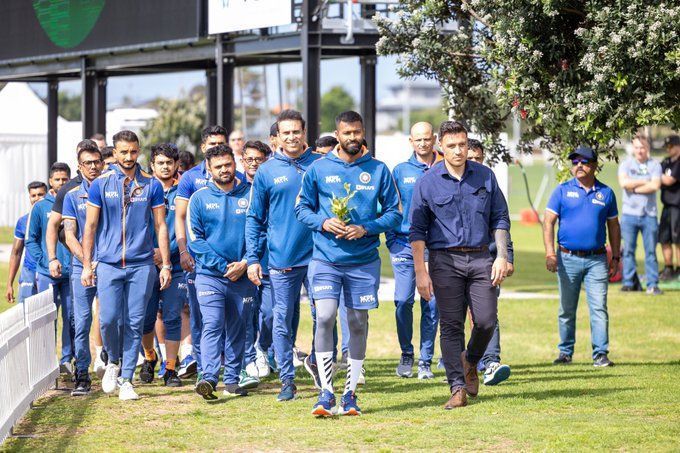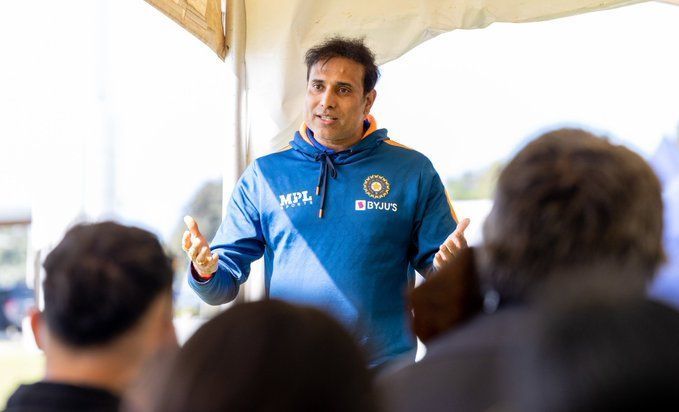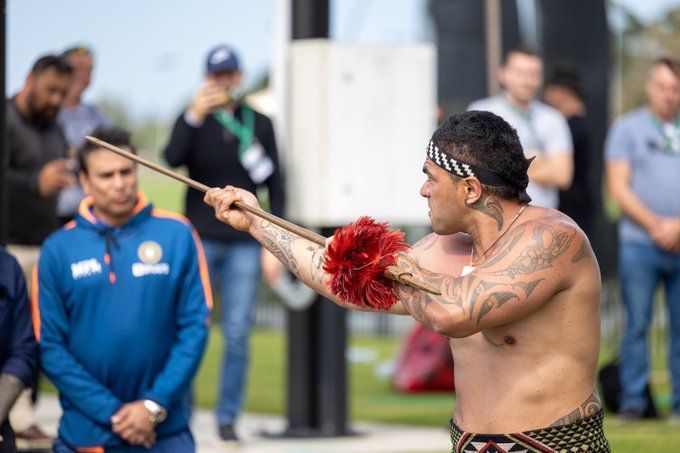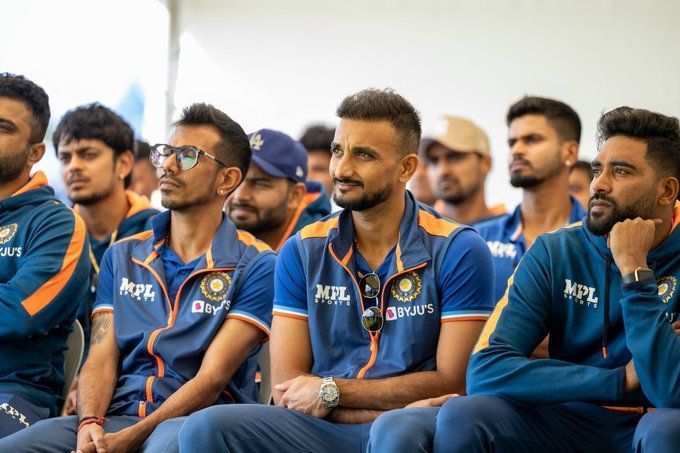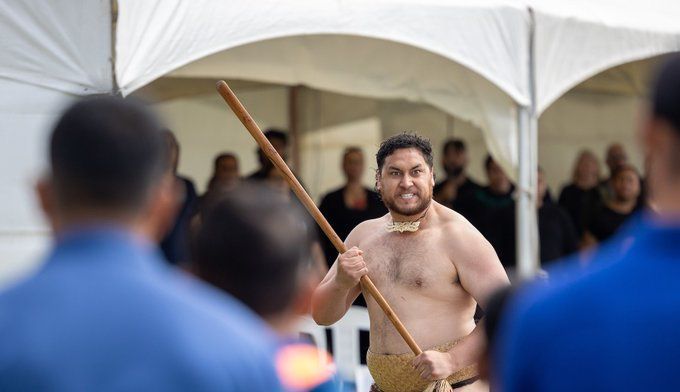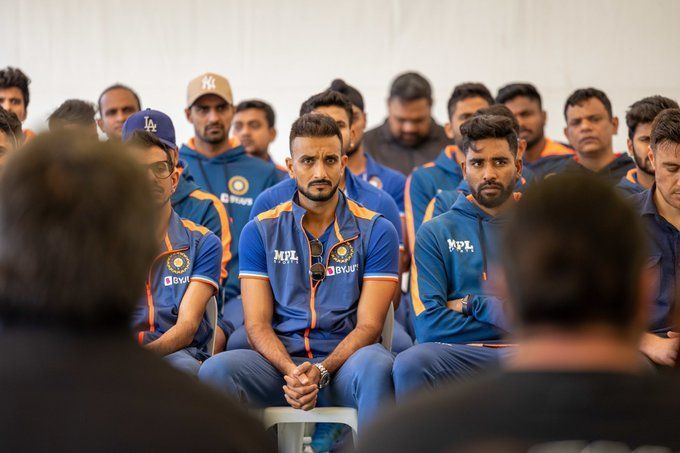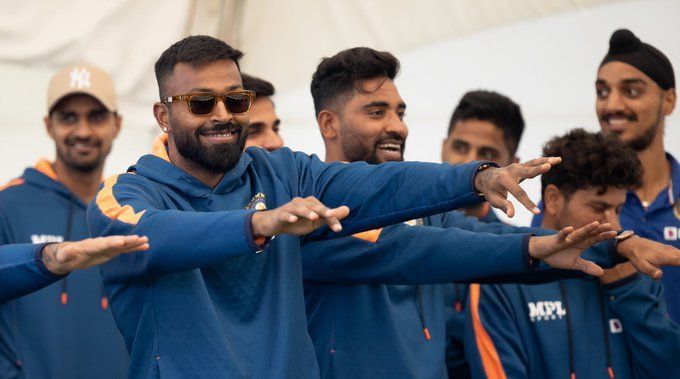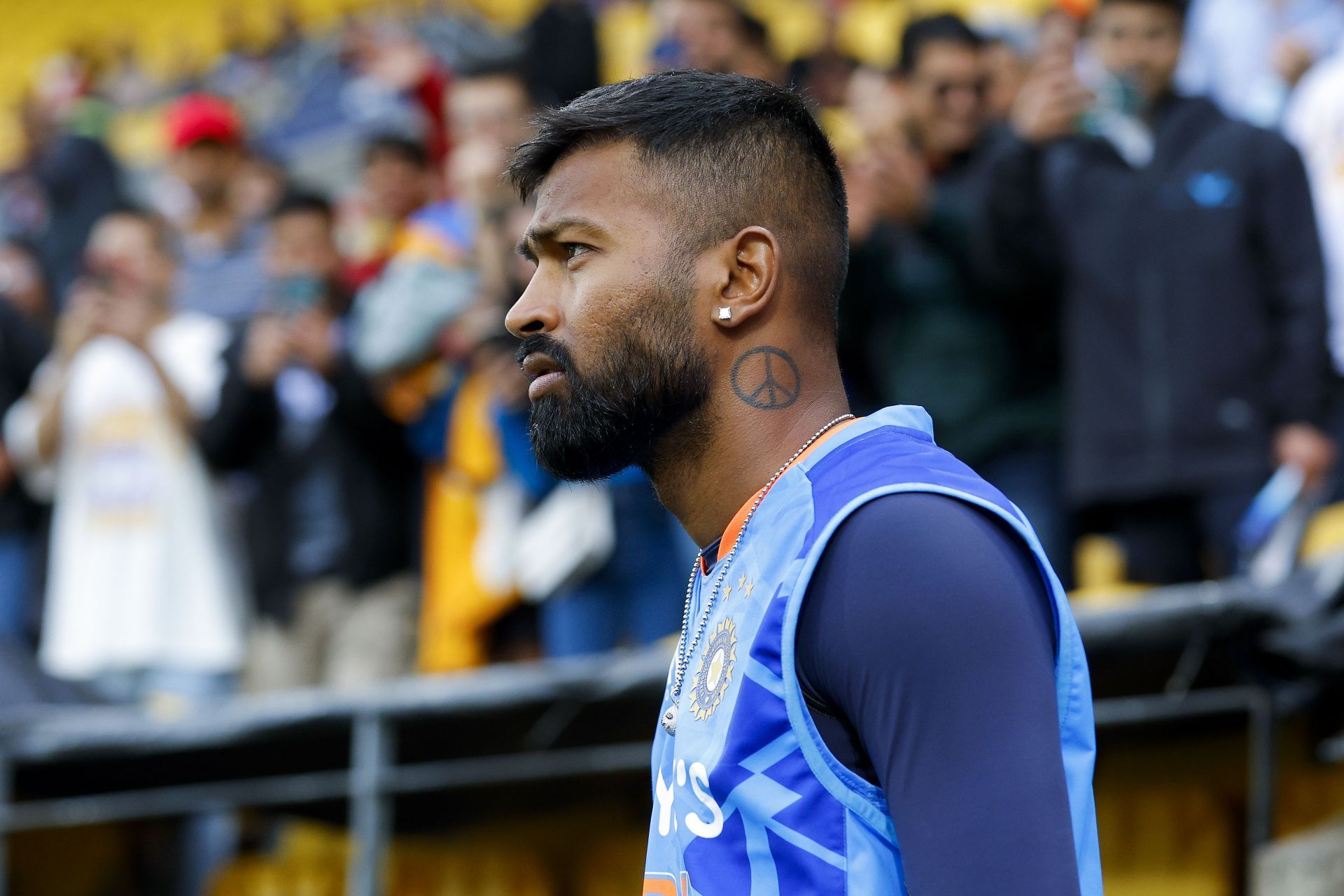
3 reasons why the time has come for Team India to go for split captaincy
While the Board of Control for Cricket in India (BCCI) sacked the entire senior men’s selection committee on Friday, November 18, reports also emerged that the Men in Blue are set to go for a split captaincy approach.
As per some news reports, when the new selection committee takes charge, it will be mandated to pick captains across three formats, which basically points towards a move in the direction of split captaincy.
Apparently, Rohit Sharma will remain captain in ODIs and Tests for the time being. However, Hardik Pandya is likely to take charge of the T20I team until the 2024 T20 World Cup in West Indies and the USA. With Rohit being rested for the ongoing New Zealand tour, Pandya has been named captain of the T20I squad, while Shikhar Dhawan will lead the ODI team.
Following Team India’s inability to lift the T20 World Cup 2022 in Australia recently, the chorus has grown to replace Rohit as T20I captain with Pandya. In the wake of recent reports, we have analyzed three reasons why the time has come for Team India to move towards a split captaincy approach.
#1 Impractical to expect one captain to lead in all formats
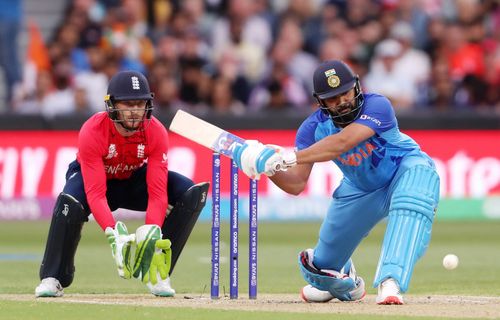
Considering the amount of workload on modern-day players these days, it is absolutely impractical to expect one cricketer to lead the team in all three formats.
There was a time till the 1990s when cricket had an “off-season” - a period during which players could rejuvenate as well as prepare for the upcoming challenges.
With the addition of the T20 format to Tests and ODIs in 2005, the concept of an off-season was thrown out of the window. A couple of years later, Team India’s historic win in the 2007 T20 World Cup gave birth to the Indian Premier League (IPL), leading to even more crammed schedules.
With most of India’s international players featuring in the T20 league, cricketers have been forced to take breaks during national duty!
When players are not even available to represent the country in all matches, how can we expect one captain to lead the team in all three formats of the game?
Instead of having one leader for all formats and allowing him to take breaks, which hampers the momentum of the squad, it would be better to have different leaders at least for white-ball and red-ball cricket.
Such a move would enable greater consistency with regard to the availability of captains.
#2 Lessons to be learned from Kohli and Rohit’s tenures
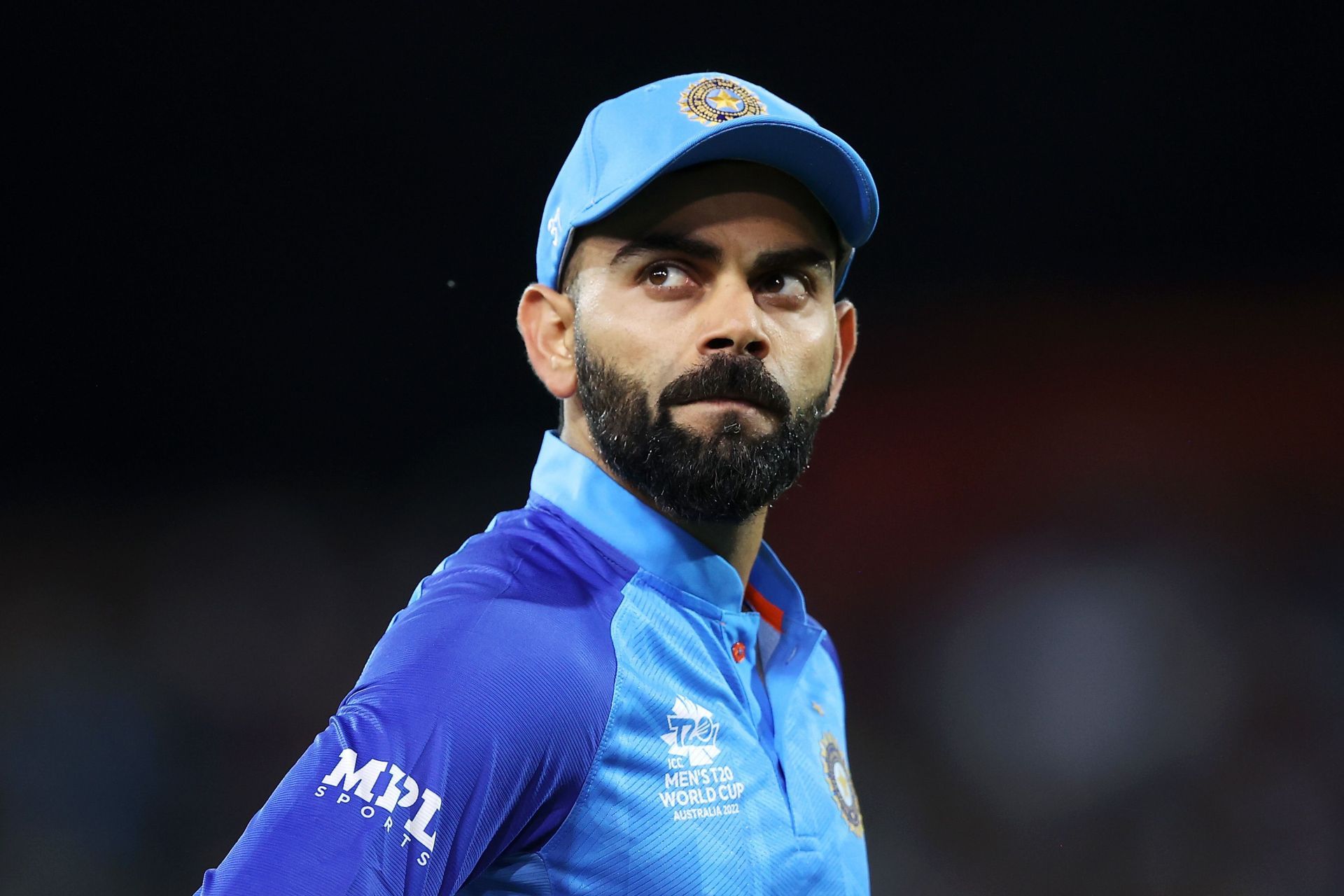
Rohit and Virat Kohli are two of the greatest players to have represented India. However, even with their level of talent and expertise, their batting skills have suffered due to the additional responsibility of captaining the team in all three formats.
Kohli enjoyed being in charge in the first half of his tenure. Leadership improved his batting as he went from strength to strength. But towards the end of his stint, he was clearly burdened by the additional responsibility of the captaincy.
With every failure, the scrutiny on him only increased. It was least surprising then that he decided to quit the T20I captaincy after the T20 World Cup in the UAE last year. Subsequently, he also gave up Test leadership, not long after being sacked as the ODI leader.
When Rohit took charge of the Indian team as full-time captain, there was massive hope from him. After all, he is the most successful IPL leader, with five titles to his name. However, the burden of being India’s all-format leader has brought up a side of the star batter that was hidden deep inside - a grumpy character who reacts to almost everything that happens on the cricket field.
The calm and composed version of Rohit as a skipper never arrived once he took charge of the team as a full-time leader. Worse, his batting has gone significantly downhill since being appointed all-format captain. He was a shadow of the batter who dominated world cricket during the recently concluded T20 World Cup in Australia.
Surely, Team India need Rohit the batter more than Rohit the captain.
#3 Need to adapt to changing times
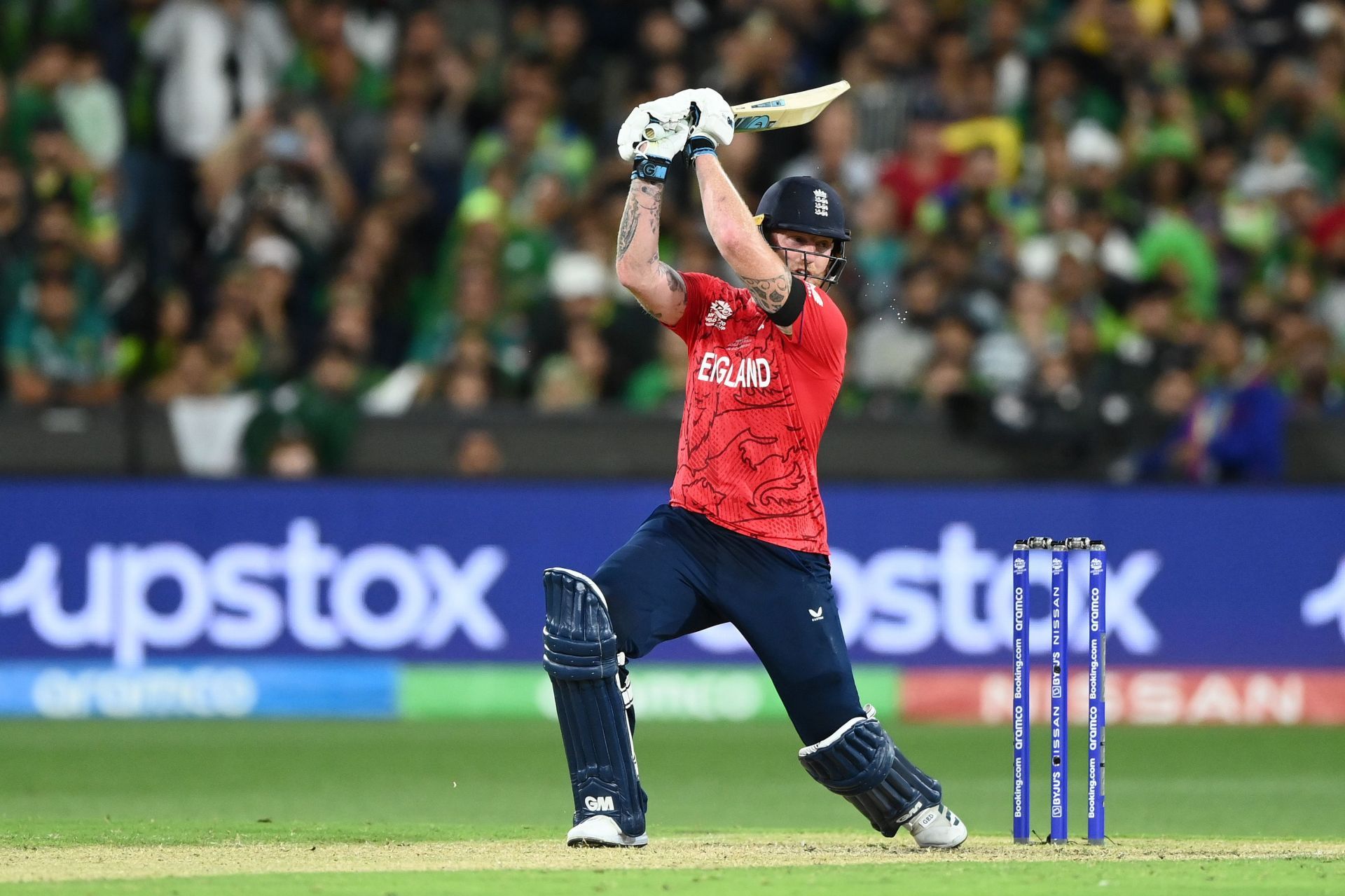
If we look at the other big sides in international cricket, almost all of them have already adapted to the winds of change and have different captains based on the format.
The same is true for Australia, England, Sri Lanka, and South Africa. Apart from India, Pakistan and New Zealand are the other sides, that still have one captain for all formats. But the debate has begun in those two nations as well, urging for format-based leaders.
With the advent of technology and the growing role of analysts in the game, the role of a captain in different formats has also undergone a sea change. In other words, varied skills might be needed to captain a team in Tests as opposed to ODIs and T20Is.
Only those teams that adapt to changing times will stay relevant. The BCCI, it seems, might have learned its lessons in a harsh way.
Also Read: 3 major drawbacks of Chetan Sharma-led selection committee that led to its sacking
